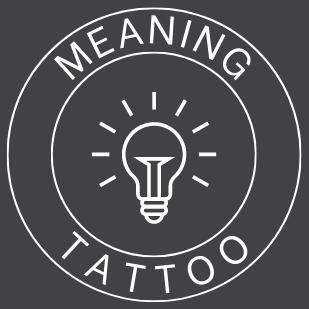African tribal tattoos have long captivated the world with their profound symbolism and intricate designs.
These tattoos are not just art; they are a tapestry of stories and traditions, holding deep meanings for the people who wear them.
As we delve into this topic, one question arises: What makes African tribal tattoos so unique and sought after across the globe?
What stories do these tattoos tell? How do they connect individuals to their past, their culture, and their identity?
And what do different symbols and patterns signify within these communities? These questions hint at a deeper, more intricate world behind the African tribal symbol, suggesting there’s more to explore than just aesthetic appeal.
This article may contain affiliate links. If you click on one of them, we might receive a small commission (at no extra cost to you). Thanks for your support to help us keep this site running!
Quick Summary
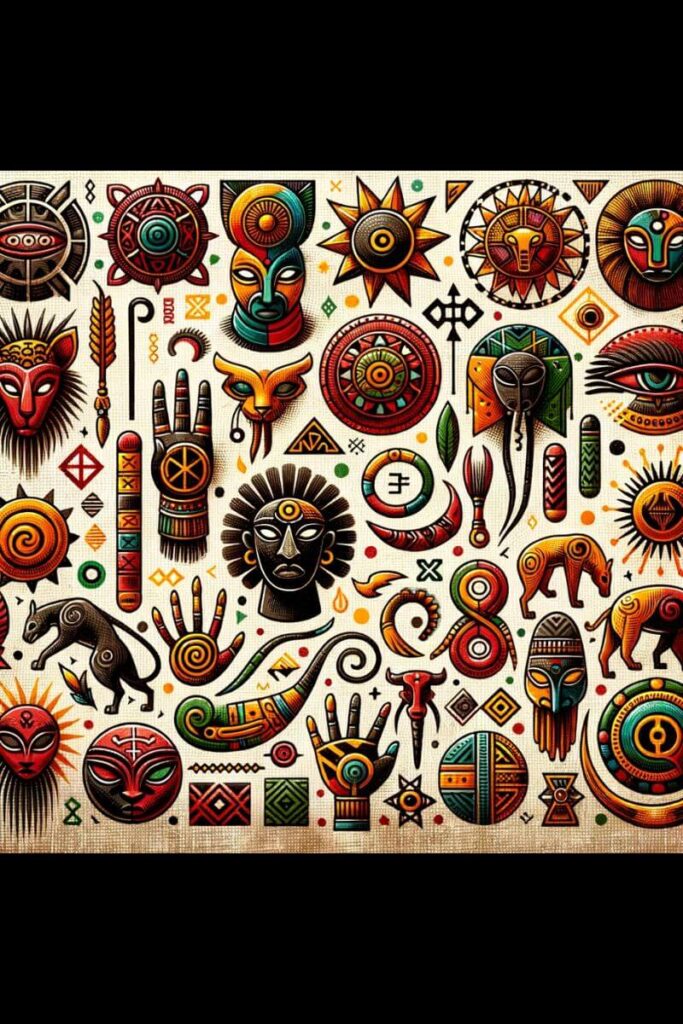
- Overview: African tribal tattoos’ universal appeal and rich symbolism.
- Questions Raised: Exploring stories, cultural connections, and symbol meanings.
- Research Approach: Diverse sources, including academic research, artist interviews, and cultural narratives.
Table of Contents
What is an African Tribal Tattoo?
African tribal tattoos, deeply rooted in the continent’s diverse cultures, are more than mere decorations. They are symbolic representations, often serving as rites of passage, status symbols, or protective talismans.
Each design and pattern carries its unique history and significance, varying greatly from one African culture to another.
Historically, these tattoos were created using natural materials and traditional methods, which imbued them with a sacred significance.
For example, the intricate geometric patterns seen in Berber tattoos from North Africa, or the bold, symbolic designs of West African tribes, each tell a story of heritage, beliefs, and social status.
From the intricate Berber tattoos to the powerful symbols of West African tribes, each design is a window into a rich cultural landscape.
This historical and cultural diversity is what makes African tribal tattoos not only aesthetically striking but also deeply meaningful.
African Tribal Tattoo Facts
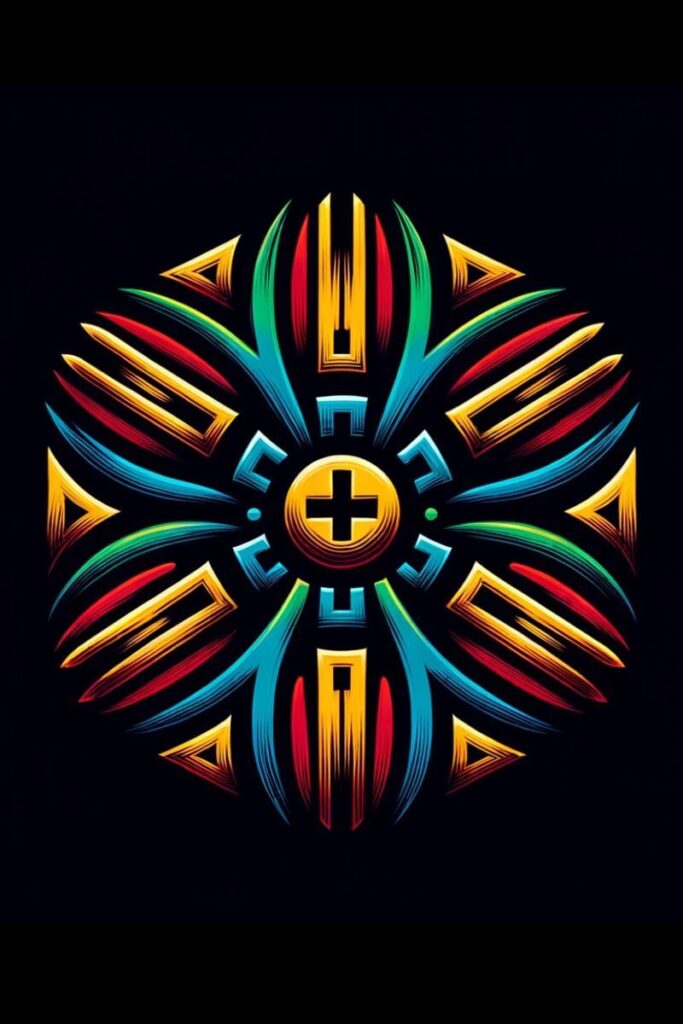
- Historical Significance: African tribal tattoos date back thousands of years, with ancient Egyptian mummies showing evidence of tattooing.
- Cultural Diversity: Each African tribe has unique tattoo designs, often reflecting their myths, status, or rites of passage.
- Materials and Methods: Traditionally, natural pigments and handmade tools were used, giving these tattoos a distinct appearance.
- Symbolic Meanings: Common symbols include animals like the African acacia tree or the lion, signifying strength and resilience.
- Influence on Modern Tattooing: Contemporary tattoo artists often draw inspiration from African tribal designs, blending traditional patterns with modern techniques.
- Global Appeal: African tribal tattoos have gained popularity worldwide, appearing in modern pop culture and social media platforms like Instagram.
- Cultural Appropriation Concerns: There’s a growing conversation about the ethics of wearing these tattoos outside their cultural context.
African Tribal Tattoo Symbolism and Meanings
African tribal tattoos are rich in symbolism, each design holding specific meanings and stories.
In West Africa, the Adinkra symbols are prevalent, each conveying complex concepts and proverbs. For example, the “Gye Nyame” symbol, representing the supremacy of God, is a common motif in tattoos.
In North Africa, Berber tattoos often include geometric patterns, symbolizing protection and reflecting their ancient beliefs. The diamond shape, for instance, is a popular motif, representing fertility and the female form.
East African tattoos often feature animals and natural elements, connecting the wearer to the land and their heritage.
For example, Maasai tribal tattoos may include symbols of cattle, signifying wealth and social status.
These diverse meanings underscore the depth of African tribal tattoos, each one a unique narrative of the individual’s identity, beliefs, and cultural heritage.
Meaning of African Tribal Tattoos in Different Cultures
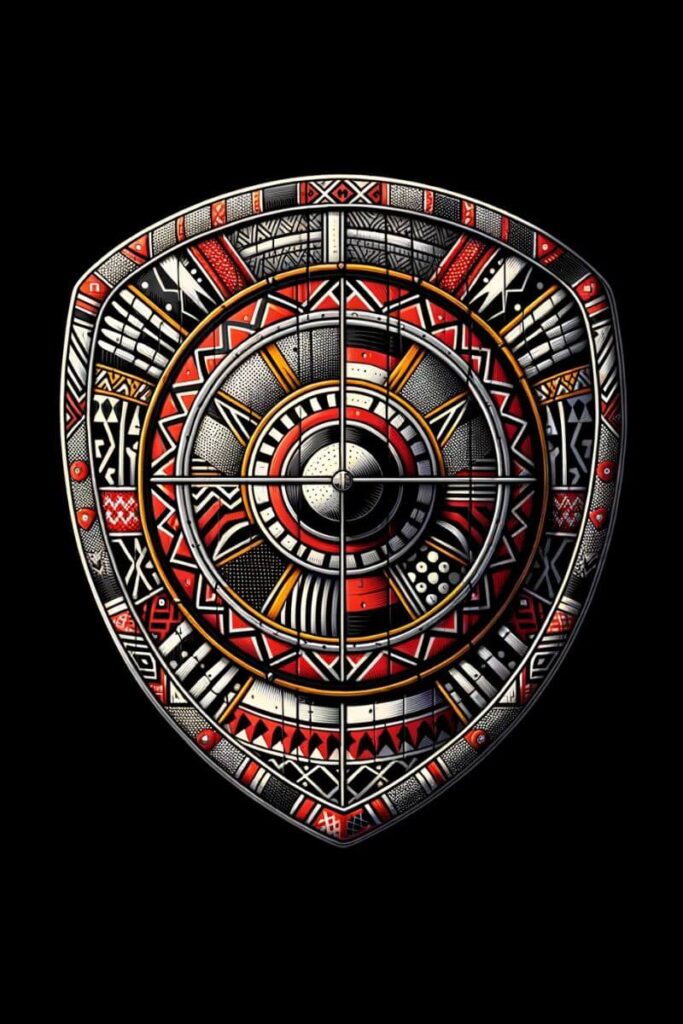
The interpretation of African tribal tattoos varies significantly between Eastern and Western perspectives. In the West, these tattoos are often appreciated for their aesthetic value and as a form of self-expression.
However, in their native African contexts, they hold deeper cultural and symbolic meanings.
In ancient cultures, such as the Egyptians, tattoos were often linked to religious and spiritual beliefs. For example, the ancient Egyptian goddesses were depicted with symbolic tattoos, which were believed to provide protection and power.
In contemporary times, these tattoos are often reinterpreted in pop culture and media, sometimes losing their original cultural significance.
This has led to a dialogue about cultural sensitivity and the importance of understanding the roots and meanings of these designs.
While African tribal tattoos are appreciated globally for their beauty, it’s essential to acknowledge and respect their rich cultural heritage and symbolism.
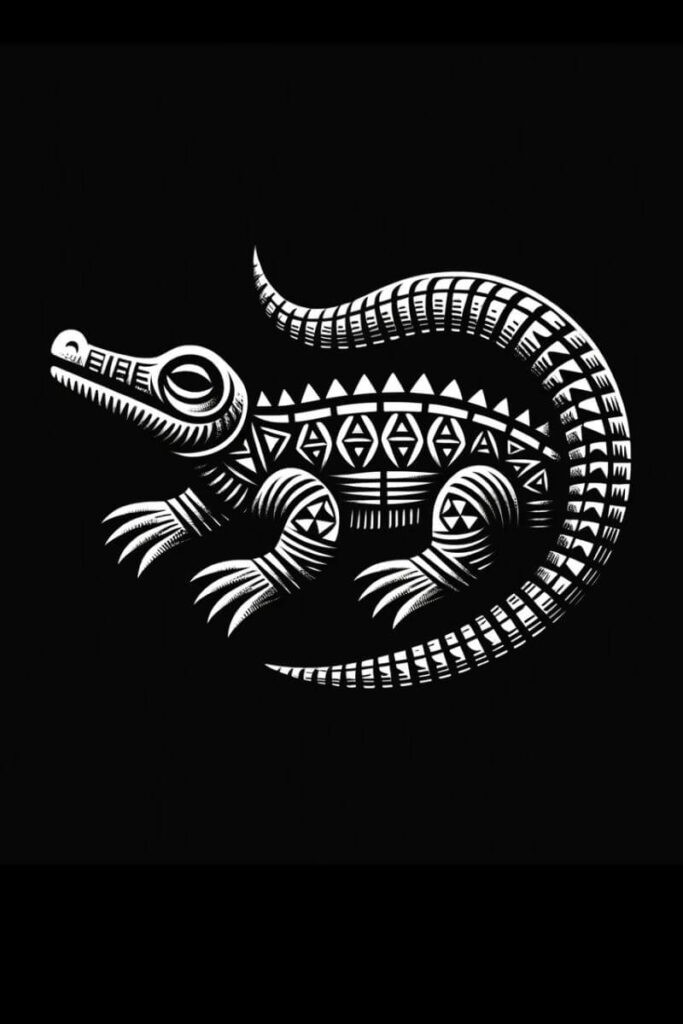
African Tribal Tattoo Spiritual and Mythological Meaning
African tribal tattoos are deeply entwined with spiritual and mythological beliefs. Many tattoos are believed to offer protection, link the wearer to their ancestors, or signify spiritual journeys.
In some African cultures, tattoos are considered a form of communication with the spiritual realm. For instance, certain symbols may be worn to invoke ancestral spirits or to represent spiritual guardianship.
Mythology also plays a significant role in these tattoos, with designs often depicting legendary figures or mythological events.
For instance, the African warrior tattoo may symbolize strength and bravery, echoing the tales of legendary heroes from African folklore.
This spiritual and mythological dimension adds a profound layer to the understanding of African tribal tattoos, illustrating their role in connecting individuals to a deeper spiritual and cultural narrative.
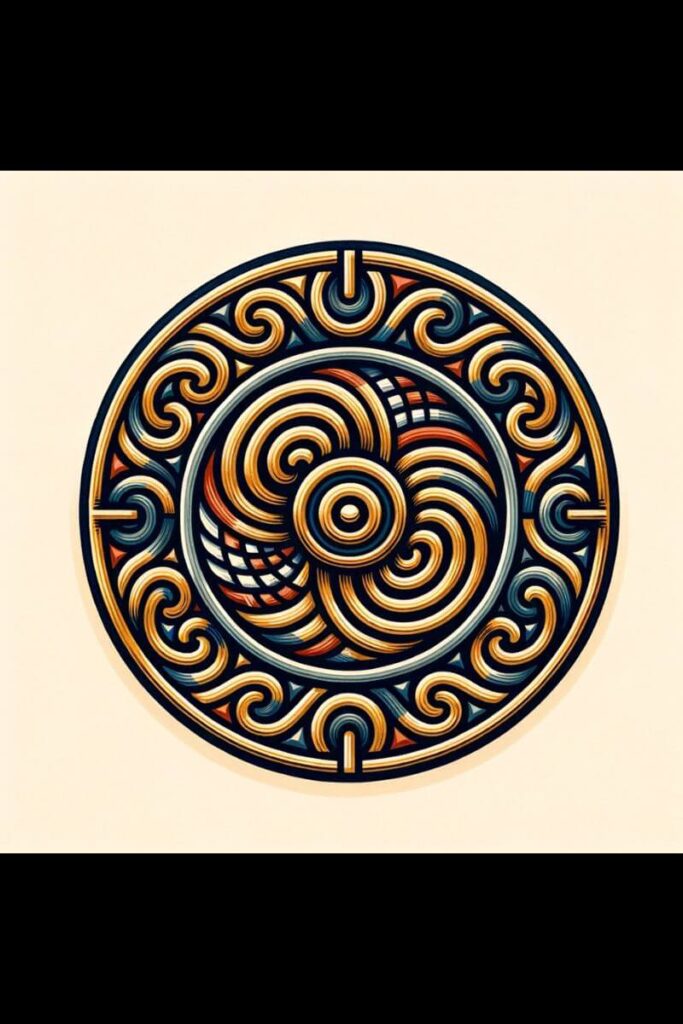
African Tribal Tattoo Meaning
When incorporated into tattoos, African tribal symbols convey a range of meanings:
- Strength and Courage: Represented by symbols like the African warrior or lion.
- Connection to Nature: Depicted through elements like the African acacia tree.
- Fertility and Femininity: Exemplified by geometric patterns in Berber tattoos.
- Spiritual Protection: Symbols like the Eye of Horus or certain Adinkra symbols.
- Wisdom and Knowledge: Often conveyed through animal symbols like the elephant.
- Cultural Heritage and Identity: Tribal tattoos as a means of showcasing one’s roots and belonging to a particular cultural group.
Each symbol in an African tribal tattoo narrates a part of the wearer’s story, reflecting their values, beliefs, and cultural background.
Please note that the information on tattoo meanings in this blog is for general guidance only and not a substitute for professional advice. Tattoo symbolism can vary greatly, and we recommend consulting with qualified experts to understand the significance and appropriateness of any design before proceeding.
